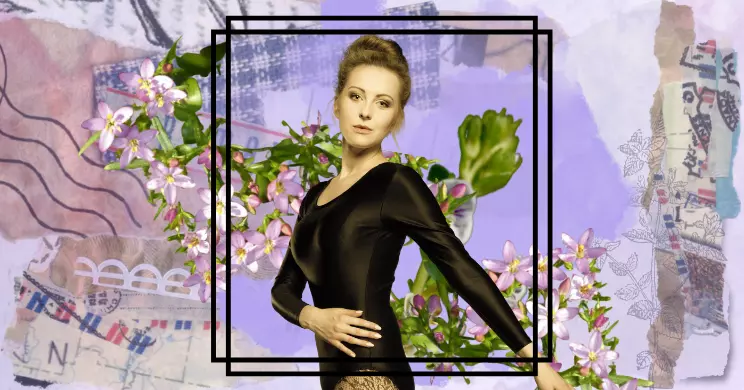The Eyebright plant dervies its meaning from both its uses and its history.
In this blog lets explore the symbolism of the plant. We’ll also discover the origins of its name.
And finally, we will look into the benefits and uses of the plant.
What does the Eyebright symbolise?
The Eyebright plant symbolises joy, mental clarity and psychic powers. According to astrologers and alchemists the plant falls under the dominion of the sun and hence reflects the qualities of the sun.
Additionally, the plant links to the zodiac sign Leo and in astrology the Sun rules the eyes. It is a birth flower to the Leo zodiac.

Name history
Euphrasia officinalis is the scientific name for the Eyebright plant. However, in the past it was known as Euphrosyne.
In the ancient Greece, the three Graces or the Charities were the goddesses of charm, beauty, fertility and nature.
One of the graces was named Euphrosyne and she was the goddess of good cheer, joy and mirth. This was how the Eyebright got its meaning.
Other names that the plant was also known as are Ocularis and Ophthalmica. Those names were given due to its use in the treatment of eyes disorders.
The plant also holds angelic powers. The poet Milton wrote in Paradise Lost that archangel Michael used drops from the plant in order to heal the eyes of Adam. He was suffering from an affliction to the eye after he ate the false fruit.
Treatment for the eyes
The Eyebright is well known for its uses as a treatment for the eyes.
The linnet was recorded to use the plant as a way to clear its sight. While some authors also noted that various other birds used the plant to repair their vision.
Arnoldus Villanovanus had noted in a treatise on the virtues of the Eyebright that the plant was used to restore sight to people who had been blind for a long time.

Other uses of the Eyebright
- It was believed that the plant also assisted the weak brain and helped to improve memory.
- During the Renaissance the plant was combined with tobacco and smoked as a way to clear mucus.
- The plant was also used to treat colds and other minor ailments.
- It was also used to treat symptoms of allergies.
Liked this blog? Make sure to check out other flowers and plants under the dominion of the Sun or Leo birth flowers.
FAQs Eyebright
References
Dietz, S. T. (2022). The complete language of flowers the complete language of flowers: A definitive and illustrated history – pocket edition. Wellfleet Press.
Junius, M. M. (1986). Practical handbook of plant alchemy: How to prepare medicinal essences, tinctures and elixirs. Inner Traditions Bear and Company.
Thiselton Dyer, T. F. (1994). Folklore of Plants. Llanerch Press.
Watts, D., & Watts, D. C. (2007). Dictionary of Plant Lore. Academic Press.
Deena Bsingh, a UK-born, Mauritius-raised content writer, is a dedicated explorer of the ancient world’s hidden treasures. Armed with classical studies knowledge and a decade of spiritual immersion, Deena delves deep into the wellspring of ancient wisdom. Her illuminating writings on flower meanings and culinary history are imbued with the profound insights she has gathered on her journey. Through her Medium articles, she guides readers on transformative journeys that bridge the gap between ancient cultures and contemporary consciousness, offering a rich tapestry of understanding that endures through time.

